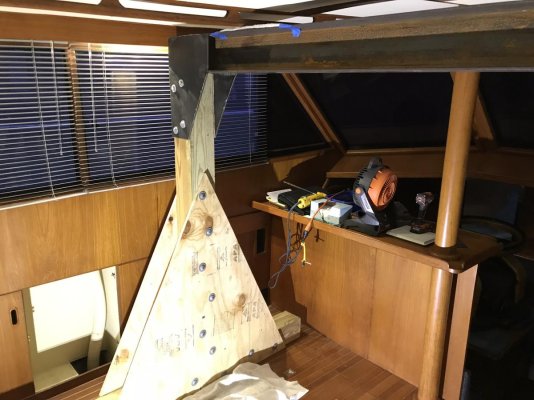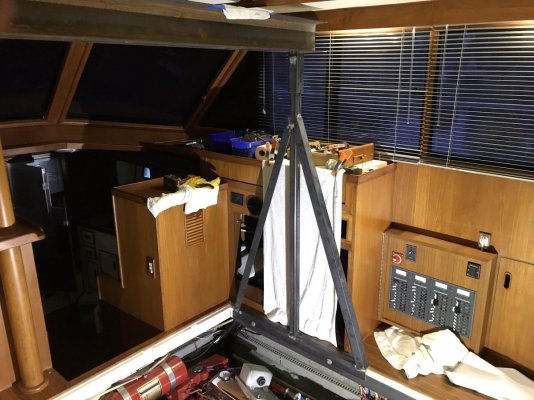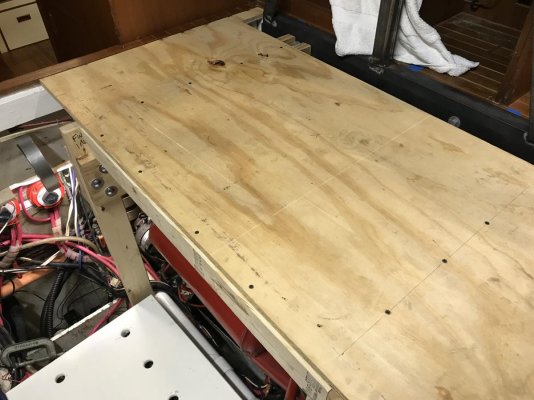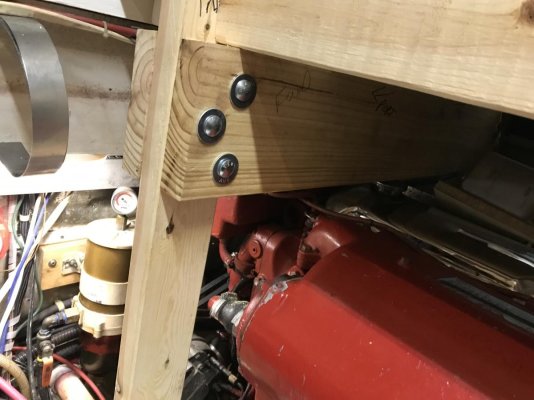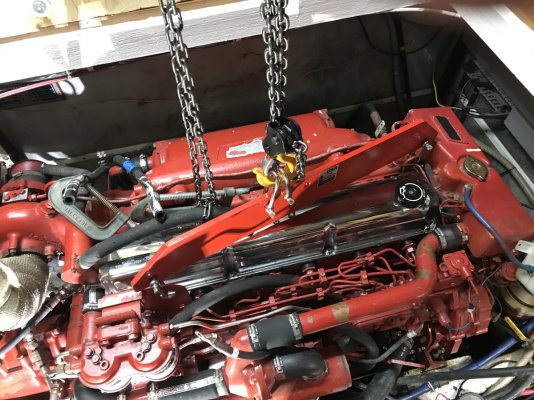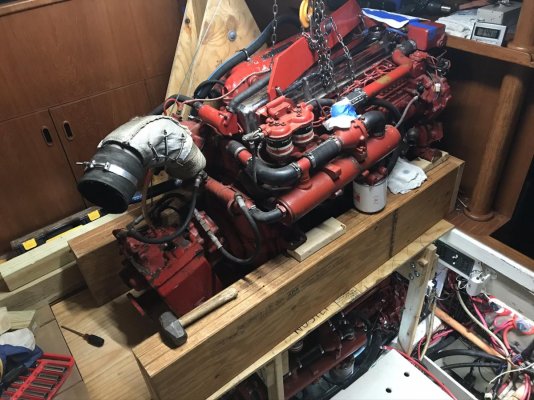paulga
Guru
- Joined
- May 28, 2018
- Messages
- 1,351
- Location
- United States
- Vessel Name
- DD
- Vessel Make
- Marine Trader Sundeck 40'
This week I saw a marine trader 40' sundeck model from mid 1980s.
it has been maintained well despite some leaky stains that are commonly seen in this category.
my concerns are
1. water tank, holding tank and fuel tanks are not visible in the engine room. With the original water tank installed under the aft cabin floor (behind the aft wall of the ER), it is not possible to visually check its condition, and it surely is a heavy project if the water tank ever needs service or replacement.
2. the fuel tanks (original steel) are located on the two sides of ER, behind walls. I didn't find inspection windows to check the condition on the top of tanks if there is rust. Again it would be a big job to service or replace the fuel tanks - e.g. gunks deposits on tank bottom needs cleaning, or clogging issue - I guess it may involve cutting the salon floor open
Please let me know if my concerns are reasonable or if I have missed anything


it has been maintained well despite some leaky stains that are commonly seen in this category.
my concerns are
1. water tank, holding tank and fuel tanks are not visible in the engine room. With the original water tank installed under the aft cabin floor (behind the aft wall of the ER), it is not possible to visually check its condition, and it surely is a heavy project if the water tank ever needs service or replacement.
2. the fuel tanks (original steel) are located on the two sides of ER, behind walls. I didn't find inspection windows to check the condition on the top of tanks if there is rust. Again it would be a big job to service or replace the fuel tanks - e.g. gunks deposits on tank bottom needs cleaning, or clogging issue - I guess it may involve cutting the salon floor open
Please let me know if my concerns are reasonable or if I have missed anything



